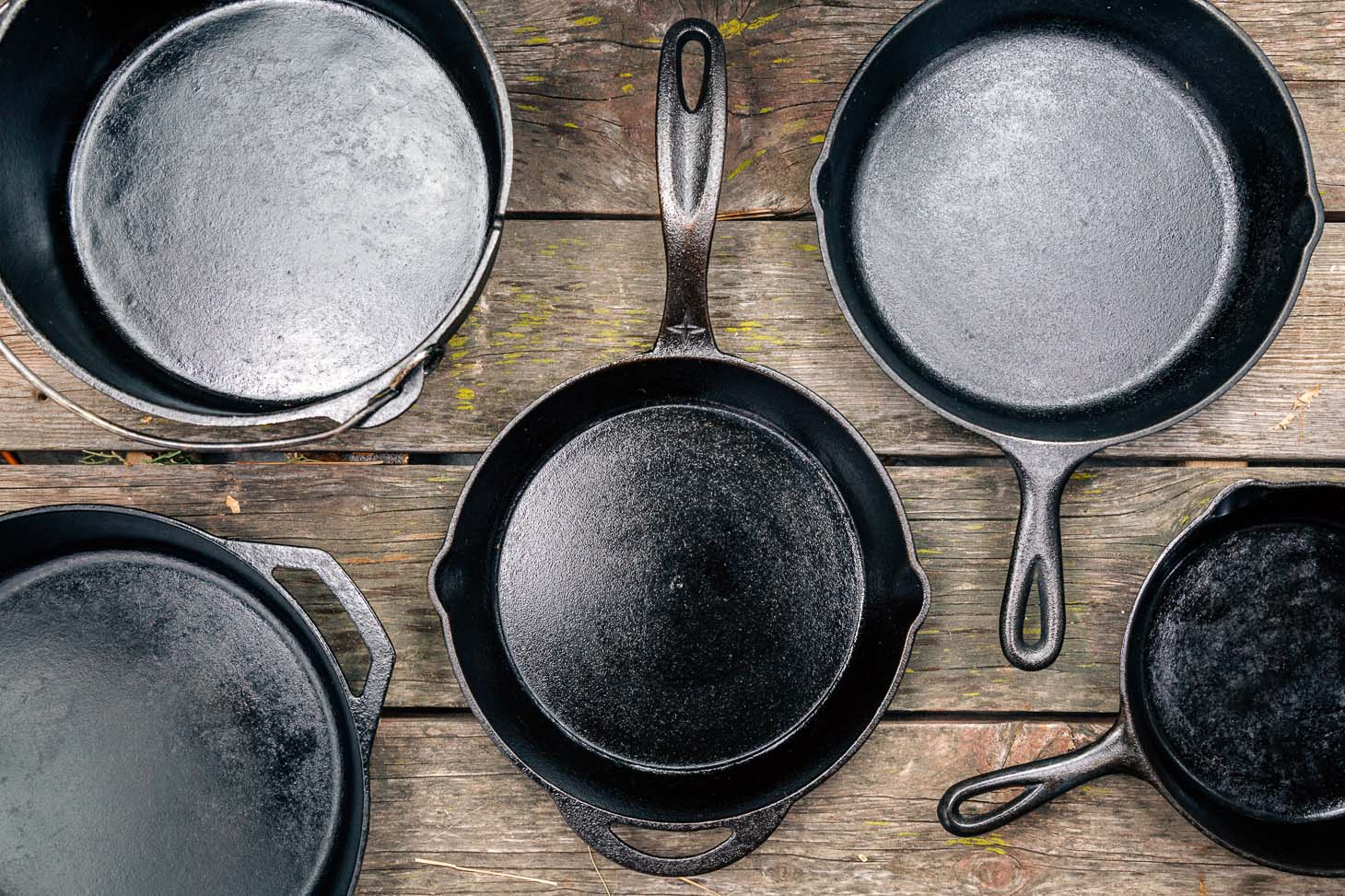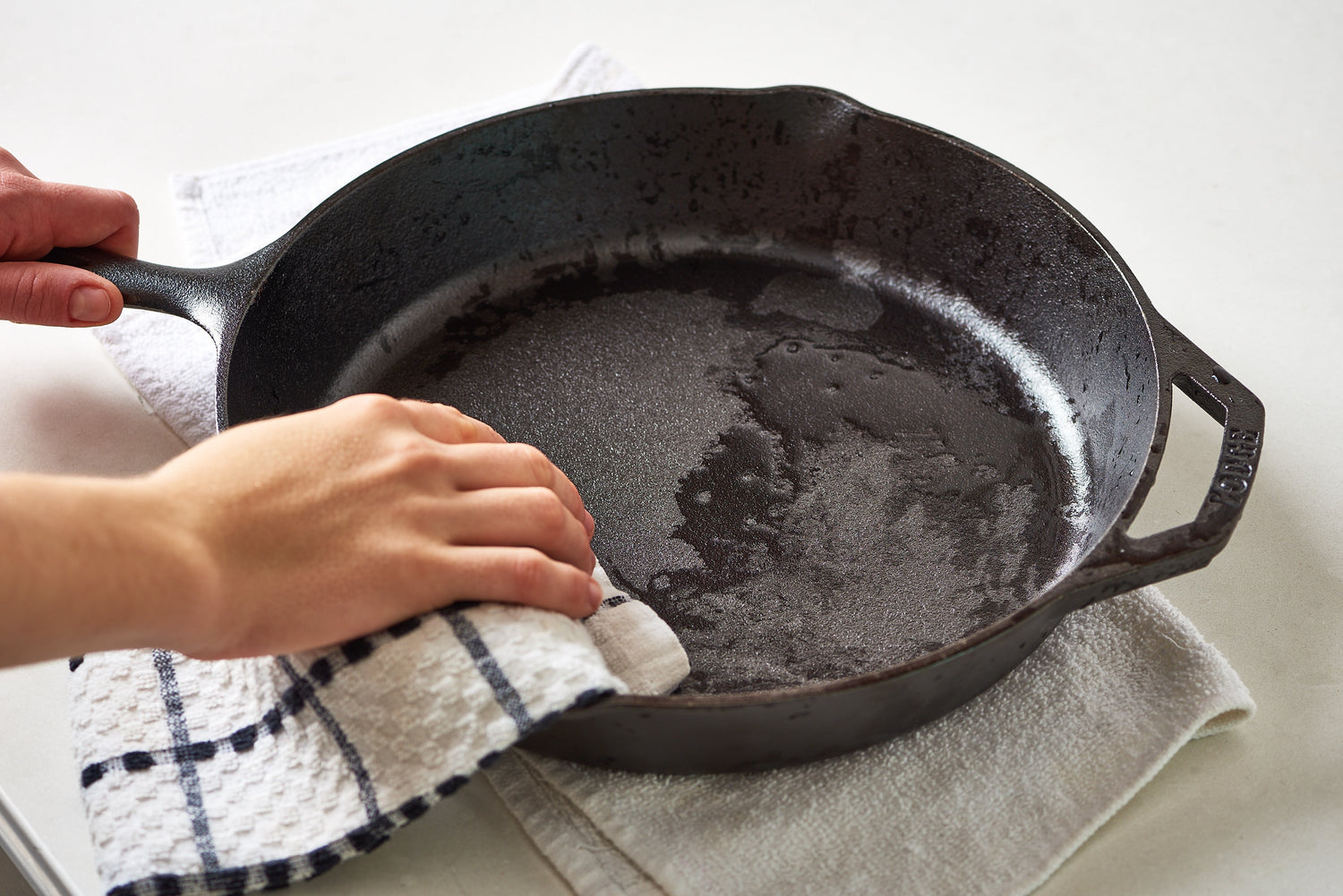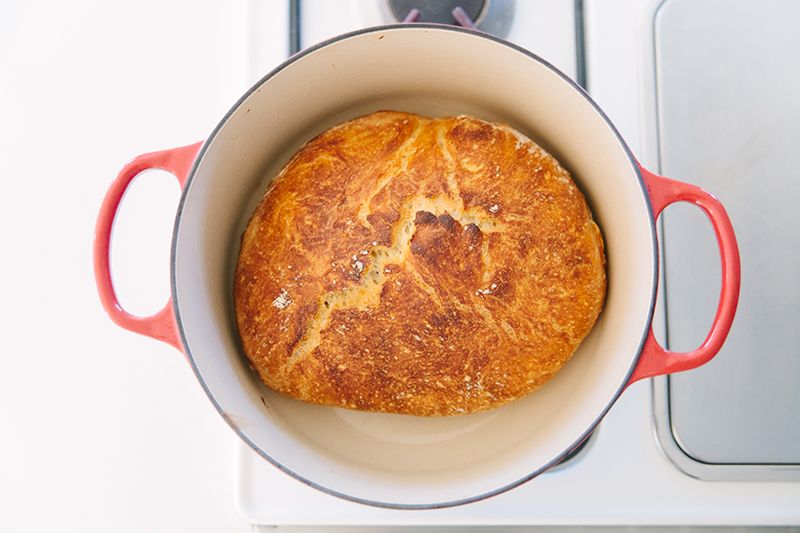Maintaining the seasoning of cast iron cookware is crucial for every kitchen professional. The seasoning not only ensures that food does not stick but also contributes to the flavor profile of your culinary creations. In this article, we will explore how to maintain cast iron seasoning effectively, offering tips and insights that are vital for success.
As you may already know, cast iron seasoning involves a process of applying oil to the cookware and heating it to create a non-stick surface. But the real challenge arises in maintaining that seasoning over time. With regular use, it is important to maintain the integrity of the seasoning layer to optimize performance and durability.

Understanding Cast Iron Seasoning
Before diving into the details of how to maintain cast iron seasoning, it is essential to understand what seasoning really is. The seasoning layer consists of polymerized fats and oils that bond to the iron surface. This layer serves as a protective barrier against moisture and rust, and enhances the cooking experience by providing a naturally non-stick surface.
The Importance of Proper Maintenance
One might wonder, why is it so important to maintain the seasoning of cast iron? The truth is, neglected cast iron can lead to flaking or rusting, which not only diminishes its performance but can also impact food safety. Proper care ensures that your cast iron cookware lasts for generations, making it a valuable asset in any professional kitchen.
Step-by-Step Maintenance Guide
Now that we have established the importance of maintaining seasoning, lets outline the steps you need to take:
1. Regular Cleaning
After each use, clean your cast iron skillet using warm water and a non-abrasive sponge. Avoid using soap, as this can strip away the seasoning. For persistent food residue, scrape the surface with a spatula or a specialized cleaning tool.
2. Drying Thoroughly
Moisture is the enemy of cast iron. After cleaning, make sure to dry the pan thoroughly. You can place the skillet on low heat for a few minutes to completely evaporate any remaining water.
3. Oiling the Surface
Once completely dry, apply a thin layer of cooking oil such as flaxseed or vegetable oil. This will help maintain the seasoning by creating a barrier against moisture.
4. Storing Properly
Store your cast iron cookware in a dry place with adequate air circulation. If stacking with other pans, place a paper towel between them to absorb moisture and prevent scratching.
Re-seasoning When Necessary
Even the best-maintained cast iron may require re-seasoning every so often. Signs that your cast iron needs re-seasoning include:
- Rust spots
- Sticky surface
- Uneven coloring
For more details on how to re-season your cast iron, check out this useful guide from how to prep cast iron.
Common Mistakes to Avoid
As a kitchen professional, it's important to steer clear of common pitfalls that can ruin your cast iron seasoning. Here are a few:
1. Overheating
While cast iron can withstand high temperatures, overheating can lead to burnt seasoning. Use medium heat for most cooking applications.
2. Using Metal Utensils
Avoid scraping the surface with metal utensils, which can gouge the seasoning. Opt for silicone or wooden utensils instead.
3. Ignoring the Maintenance Routine
Consistency is key. Make cleaning and oiling a regular part of your cooking routine to ensure your cast iron remains in top shape.
Advanced Techniques for Seasoning Maintenance
For those looking to take it a step further, consider using these advanced techniques:
1. Oven Seasoning
You can also season your cast iron by preheating the oven and applying oil to the pan. For an in-depth method, check how long to bake your skillet.
2. Flaxseed Oil vs Other Oils
Many professionals recommend using flaxseed oil due to its high smoking point and polymerization properties. Comparing oils is crucial when deciding on the best option.
Frequently Asked Questions
1. Can I use soap on my cast iron seasoning?
It is generally advised not to use soap, as it can remove the seasoning. Warm water and a sponge are preferable.
2. How often should I season my cast iron?
This depends on usage, but a good rule of thumb is to check every few months or whenever you notice signs of deterioration.
3. What oils are best for seasoning?
Flaxseed oil, vegetable oil, and canola oil are some of the best options for seasoning cast iron.

Conclusion
In conclusion, understanding how to maintain cast iron seasoning is vital for any kitchen professional looking to maximize the longevity and functionality of their cookware. By following this guide, you can ensure that your cast iron remains in pristine condition, ready for your next culinary masterpiece. Remember, a well-maintained cast iron skillet can elevate the flavors of your dishes and be a delight to cook with.
For more insights on cooking and maintaining your kitchen tools, check out Martha Stewart's guide to seasoning skillets.
As an Amazon Associate, I earn from qualifying purchases.






Leave a comment
This site is protected by hCaptcha and the hCaptcha Privacy Policy and Terms of Service apply.